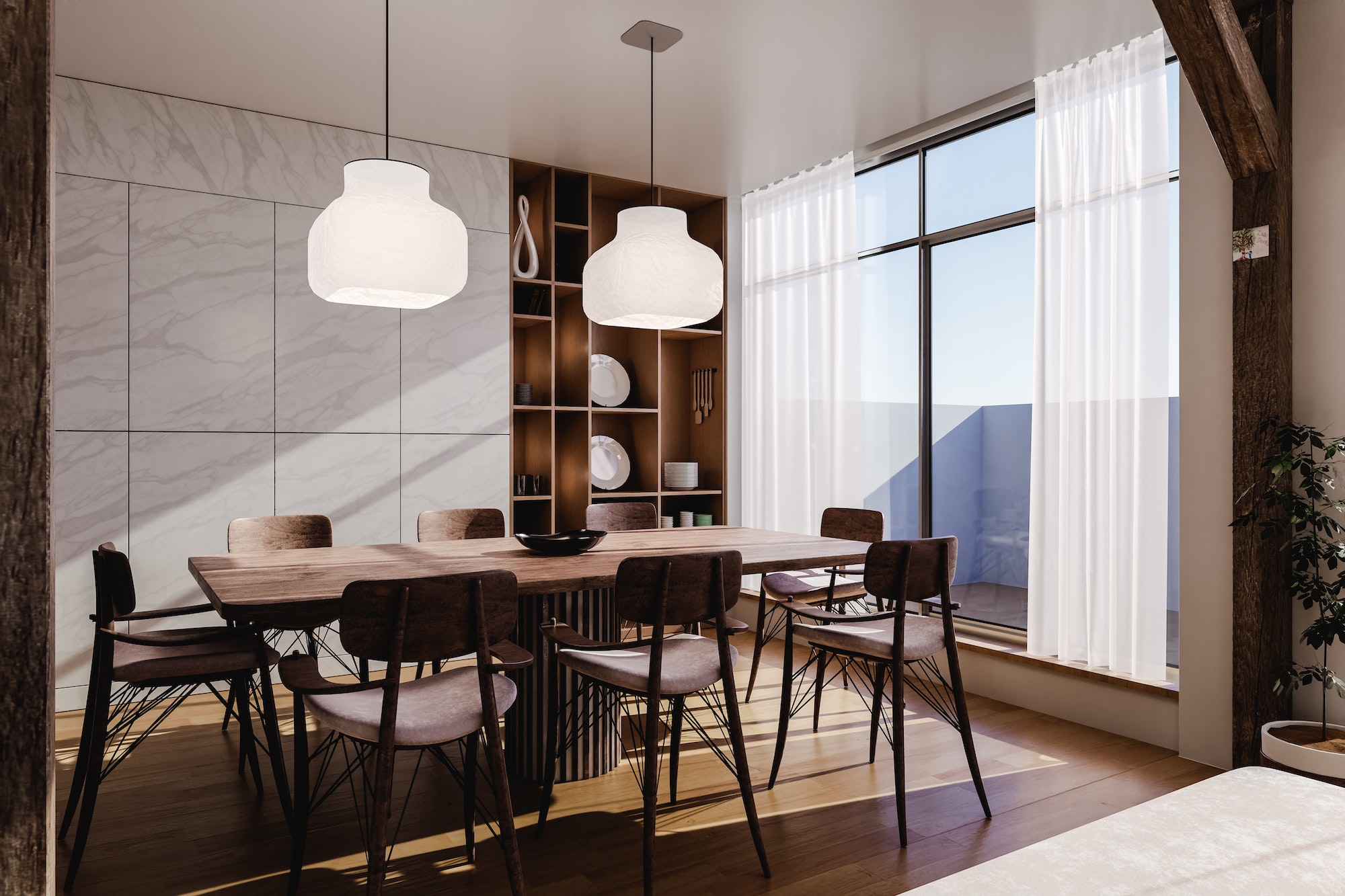A range hood is essential for your kitchen. However, the challenge lies in finding the quietest range hoods, which may be difficult without a good guide. Kitchens are typically full of smoke and a mixture of odors that can be irritating.
Today, range hoods have emerged as the most stylish alternatives to OTR microwaves, and what’s more, they are more practical. These range hoods are suitable for exhausting smoke and bringing in fresh air to your kitchen.
Look for the quietest ones that offer better cooking evenness and venting. Faster heating and automatic defrosting are features to look out for in the range hood you plan to buy.
What Other Features Should You Consider?
While ductless hoods may be cheaper, they can mess up your kitchen with smoke and odor that take a long time to disperse. A better alternative would be the vented type that takes the smoke and odor right out of your kitchen, quietly and efficiently.
You could either go for under-cabinet hoods or ones that can be mounted on a wall in the exterior of your kitchen.
Size Matters the Most
The bigger the hood, the better the coverage it offers. One crucial point to consider while shopping for the quietest range hoods in the market is that they should be wide enough to cover the cooking surface, if not wider.
The cubic feet per minute (CFM) capacity of the hood matters as it indicates the amount of air exhausted per minute. However, the air outflow volume does not necessarily mean efficient removal of smoke and odor from your kitchen.
Professional Installation
While getting the range hood installed in your kitchen, ensure it is done as per the manufacturer’s directions. Also, it is essential to follow the guidelines and regulations set by the government.
The hood should be at least 18 to 30 inches away from the burners or heating elements. While this gives you enough elbow space while working in the kitchen, it also prevents smoke and odor from escaping to the rest of the kitchen.
The vent should never go to or via the attic, crawlspace, or in between floors, but directly outdoors. The route chosen should be as short as possible and reach directly outdoors, avoiding bends midway as they can obstruct airflow. All seams need to be sealed tight, and spray foam in all penetration points on the roof, ceiling, or wall.
The fans should conform to Rater-measured airflow codes for local exhaust. The metal-ducting should be smooth-walled, making a perfect fit. Construct a wall or roof cap at a strategic location outdoors to prevent backdrafts. Remember that you need to replace the filters regularly as they tend to get clogged, depending on the cooking frequency.
Other Features
Most range hoods come with built-in temperature sensors that switch on the fans when the temperature gets too high below. High temperatures can damage your cooking equipment. The thermostats are automatic, and the fan gets turned off when the temperature drops.
Almost all the range hoods available in the market offer multiple fan speeds (three to six). However, it is advisable to have one that features at least two fan speeds, high while cooking and low to remove the lingering smoke and odor after doing your cooking chores.
Fans with more than three or four speeds may not be beneficial as the different speeds are redundant as they are hardly used. Most range hoods make an irritating noise while running. It is advisable to shop for the quietest range available in the market to keep your kitchen free of smoke and silent at all times.
Summing It Up
Your kitchen needs to be free of smoke and smells of cooking, for which you need an efficient range hood. However, the hood also needs to be as noiseless as possible to ensure a silent and clean kitchen.
Discover more from Futurist Architecture
Subscribe to get the latest posts sent to your email.




